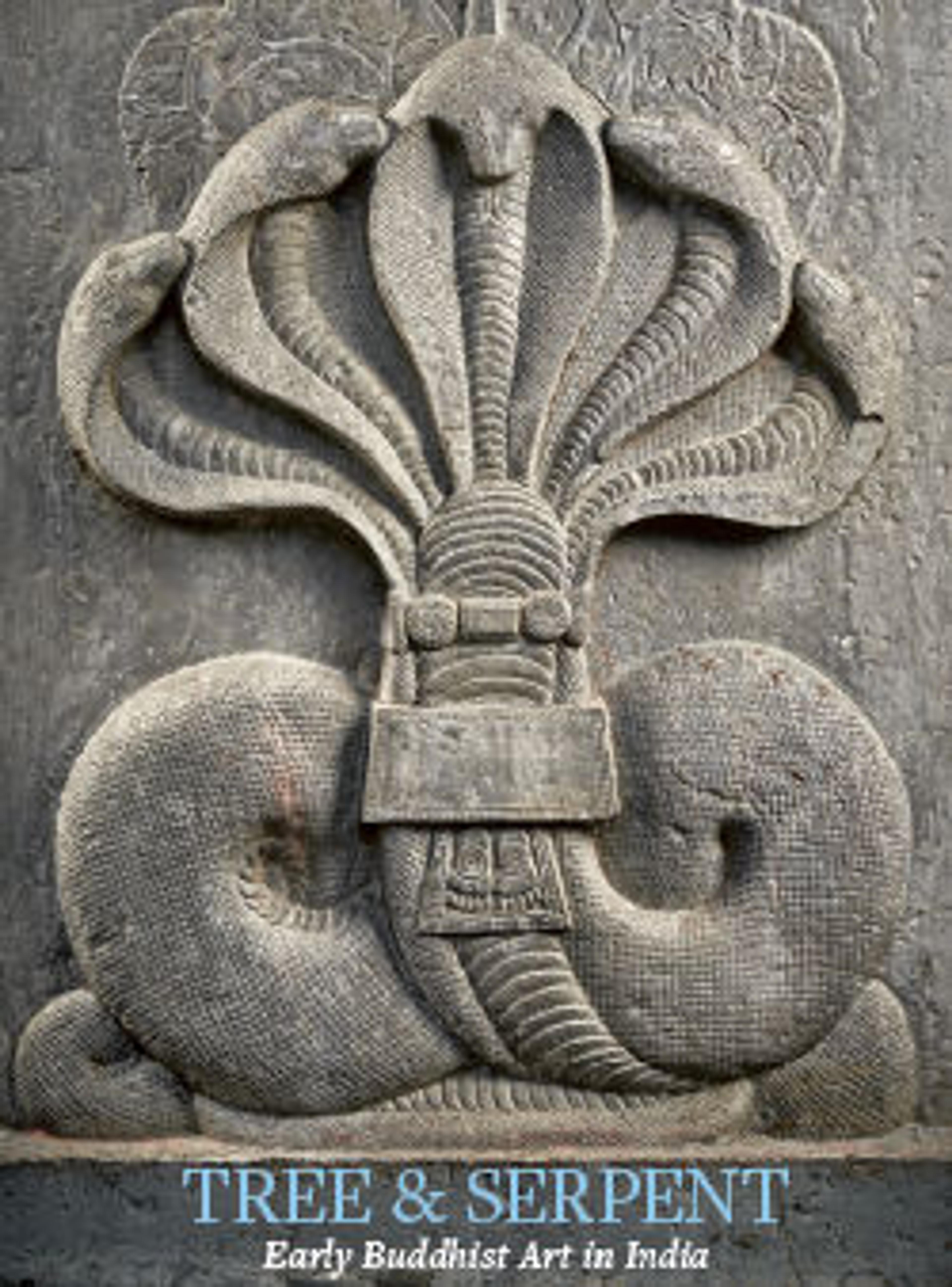Drum panel with scenes of the Great Departure and Temptation of the Buddha
Of the many moments in the life of the historical Buddha told in the canonical biographies, two were especially favored for stupa decoration: the Great Departure and the Temptation. Both narratives are depicted on this drum panel from Nagarjunakonda. Each epitomizes the negation of desire, represented below by Prince Siddhartha’s renunciation of privilege to become an ascetic seeker of knowledge—the beginning of his spiritual journey—and above, by his resistance of the temptations offered by Mara, the force of darkness.
Artwork Details
- Title:Drum panel with scenes of the Great Departure and Temptation of the Buddha
- Period:Ikshvaku period
- Date:first half 3rd century CE
- Culture:India, Nagarjunakonda, Guntur district, Andhra Pradesh
- Medium:Limestone
- Dimensions:H. 56 3/4 in. (144.2 cm); W. 36 1/4 in. (92.1 cm); D. 6 in. (15.2 cm)
- Classification:Sculpture
- Credit Line:Fletcher Fund, 1928
- Object Number:28.105
- Curatorial Department: Asian Art
More Artwork
Research Resources
The Met provides unparalleled resources for research and welcomes an international community of students and scholars. The Met's Open Access API is where creators and researchers can connect to the The Met collection. Open Access data and public domain images are available for unrestricted commercial and noncommercial use without permission or fee.
To request images under copyright and other restrictions, please use this Image Request form.
Feedback
We continue to research and examine historical and cultural context for objects in The Met collection. If you have comments or questions about this object record, please contact us using the form below. The Museum looks forward to receiving your comments.
